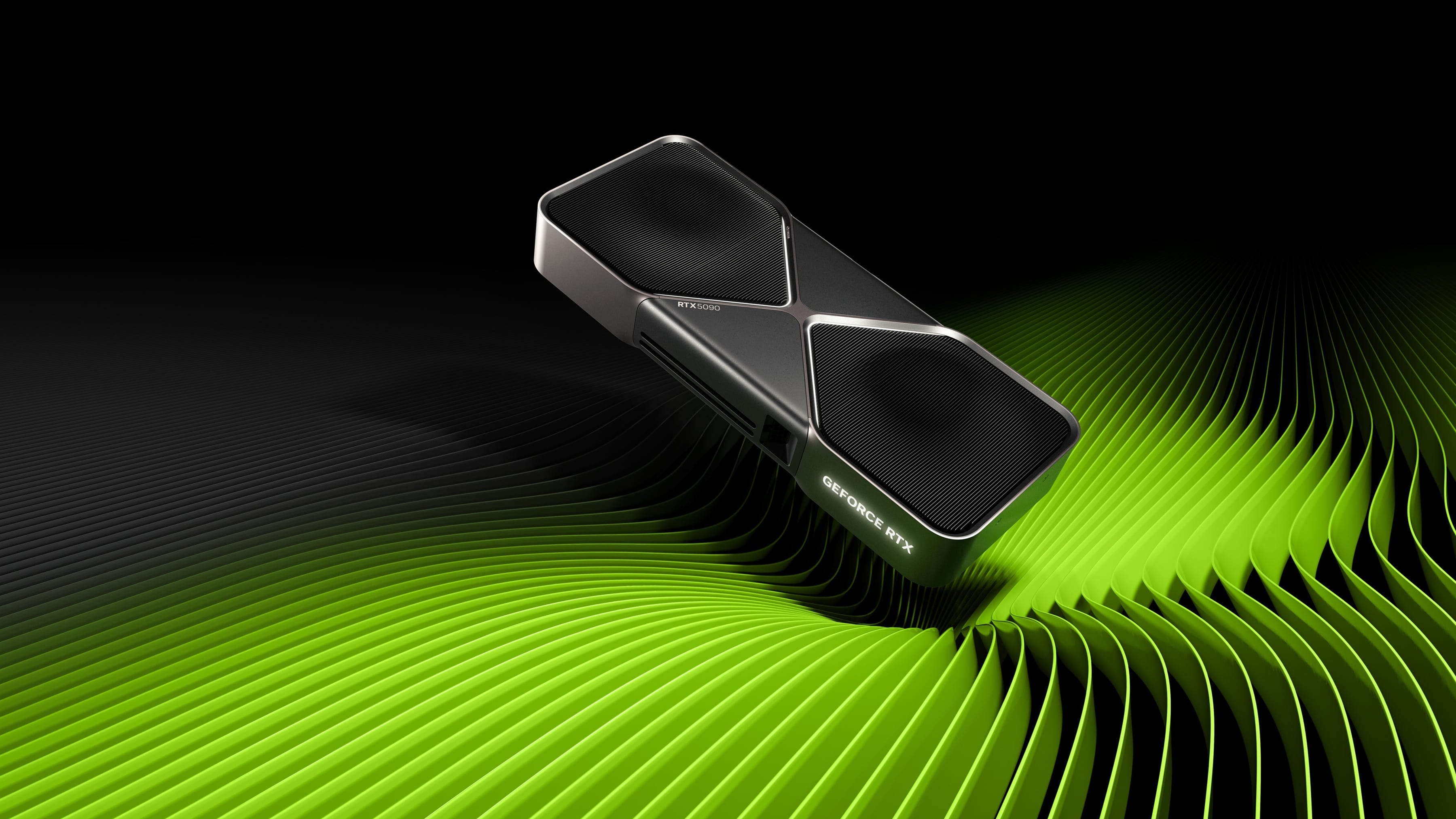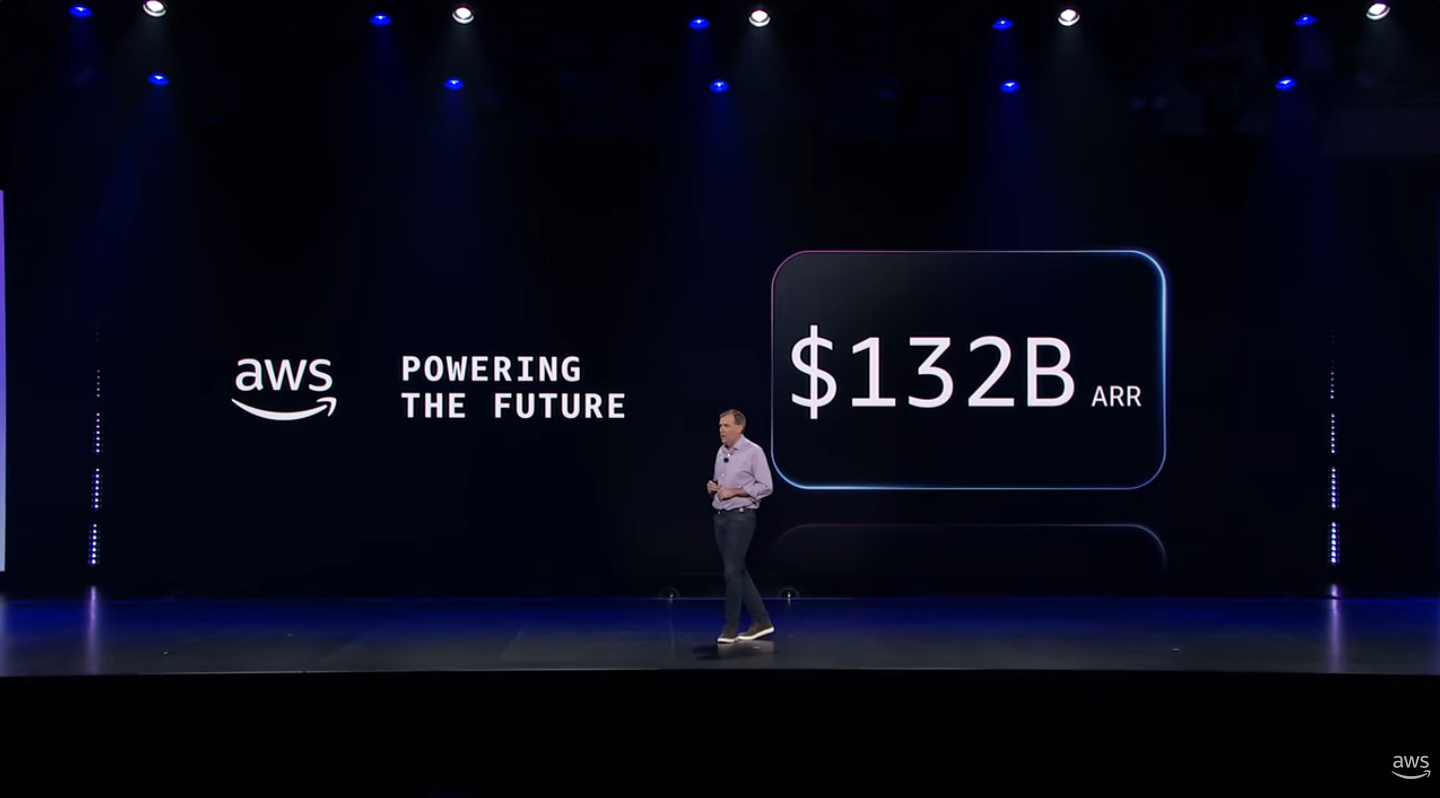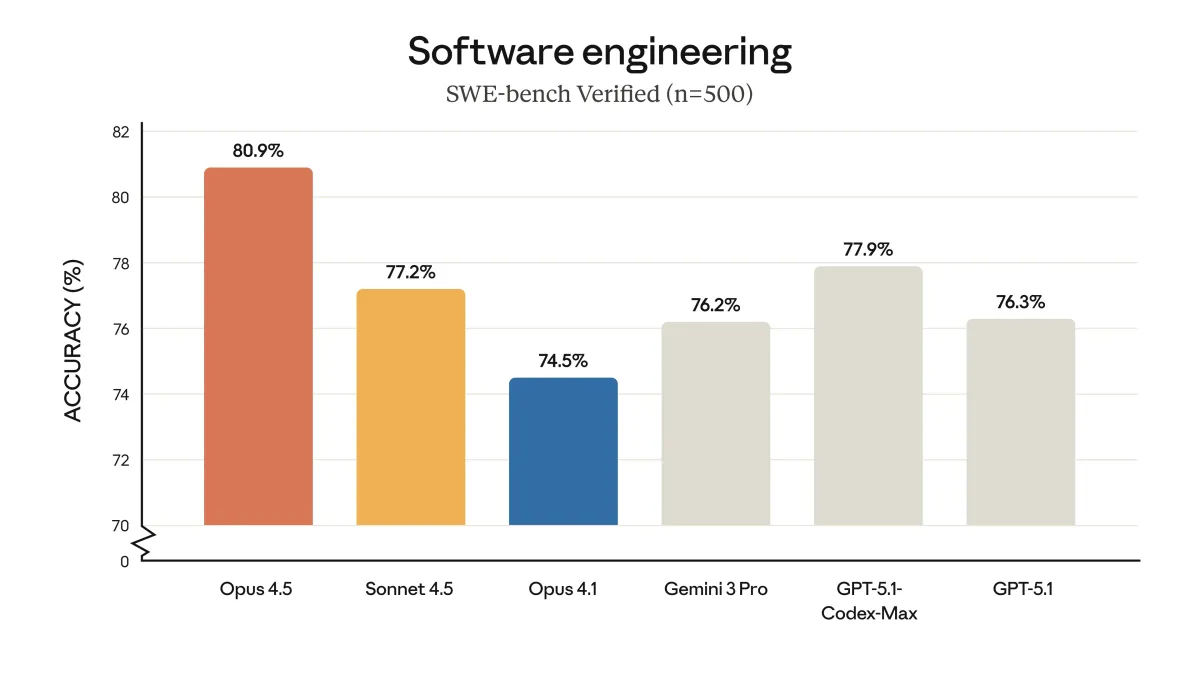This Monday at the CES 2025 kickoff, Nvidia CEO Jensen Huang delivered a 90-minute keynote packed with announcements, from new hardware to a new world foundation model platform, advances and innovations in autonomous driving, agents and manufacturing. But the keynote had an undisputed star, and it was the GeForce RTX 50 Series graphics cards. With the catchphrase "GeForce enabled AI to reach the masses, and now AI is coming home to GeForce," Huang introduced Nvidia's newest GPU series, which pack up to 92 billion transistors to deliver what Nvidia is calling "the most powerful consumer GPU ever created".
The ambitious title is endowed to the top-of-the-line GeForce RTX 5090 desktop graphics card, which features an astonishing 21760 CUDA cores, 5th generation tensor cores delivering up to 3352 AI TOPS, and 4th generation ray tracing cores enabling 318 TFLOPS. Additionally, the 5090 features 32 GB of GDDR7 memory capable of reaching a speed of 30Gbps and delivering nearly 1.8 TB/s of bandwidth. The GeForce RTX 5090 ($2,000) and 5080 ($999) will be available starting January 30. Two additional models, the 5070 Ti ($749) and 5070 ($549), are expected to hit the shelves in February. GeForce RTX 50 Series laptops will be available between March and April, depending on their GPU model.
An important selling point for the GeForce RTX 50 Series is that it delivers twice the performance of its predecessors, both in gaming and generative AI applications. For instance, Nvidia claims that when using Black Forest Labs' FLUX.1 [dev] model for image generation, the GeForce RTX 5090 requires less memory and reduces image generation time to a little over five seconds, whereas the GeForce RTX 4090 requires 23 GB of VRAM and about 15 seconds to perform the same task.
The gaming and content creation experiences are further improved by the Reflex 2 technology, which can reduce PC latency by up to 75%, and neural rendering technologies like DLSS 4, which uses neural networks to generate up to three additional frames for every frame to deliver quality that surpasses native rendering. Additional neural rendering technologies like RTX Neural Shaders, Neural Faces, and Hair improve lighting, textures and character rendering, while RTX Mega Geometry provides richer levels of detail.






Comments